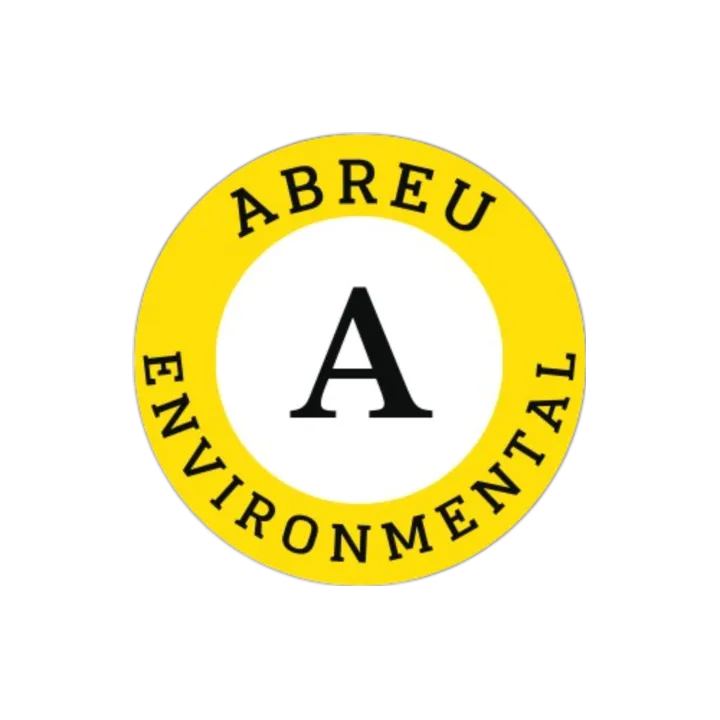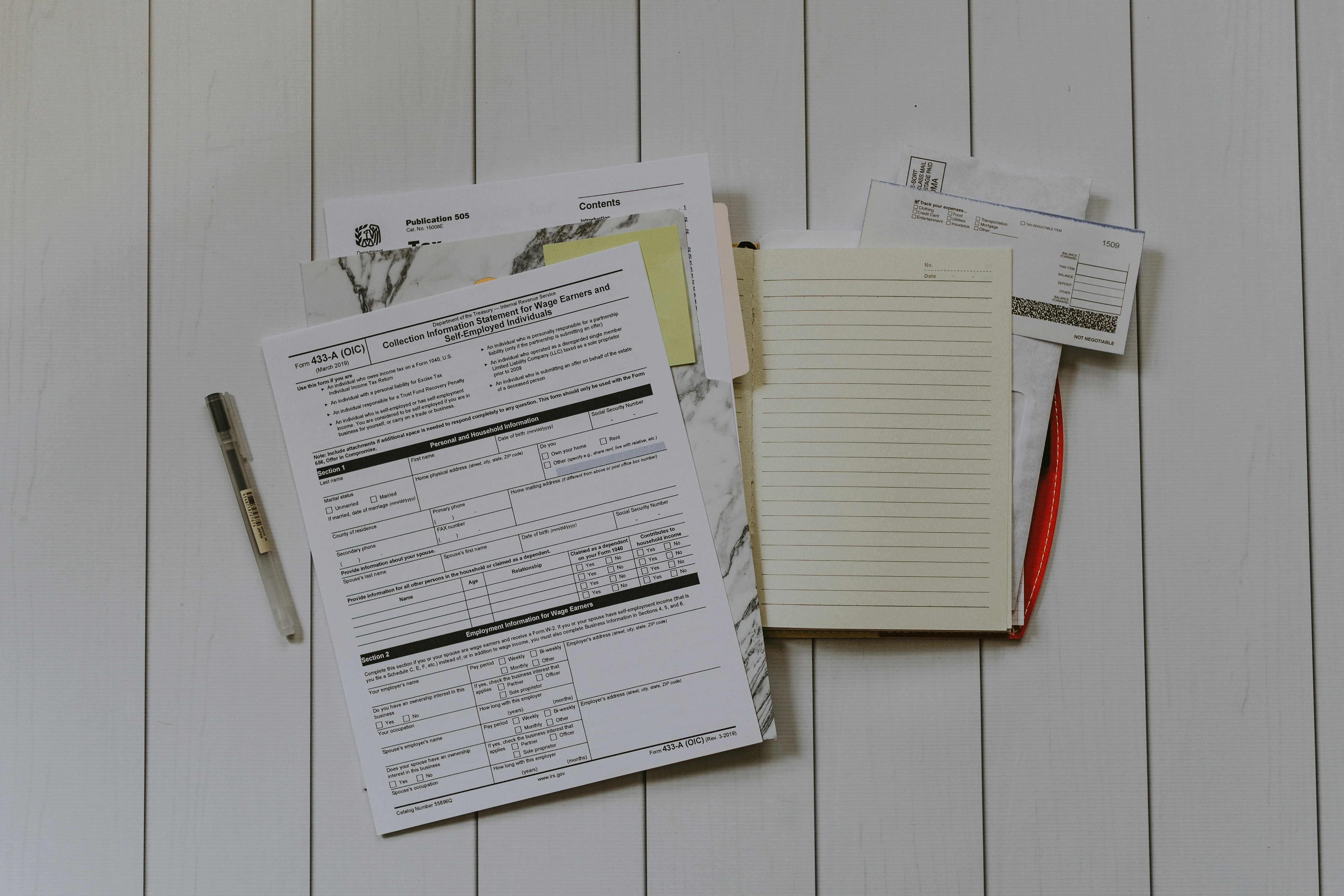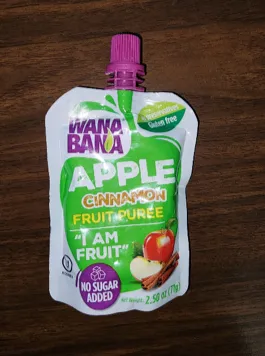How Pros Remove Lead Paint
Removing lead paint requires special precautions due to the potential health risks associated with lead exposure. Here is a recommended approach for removing lead paint:
Safety Precautions: Before starting, ensure you have proper personal protective equipment (PPE) such as a respirator (rated for lead dust), goggles, gloves, and disposable coveralls. It's also crucial to work in a well-ventilated area or use an exhaust fan to minimize dust inhalation.
Wet Method: The wet method helps suppress dust and prevent lead particles from becoming airborne. Begin by misting the painted surface with water using a spray bottle or garden sprayer. This helps to keep the paint dust down during the removal process.
Containment: Create a containment area using plastic sheeting or tarps to minimize the spread of lead dust. This involves covering the floor, walls, and any nearby surfaces. Seal off doorways or openings with plastic sheeting and secure it with tape.
Paint Removal Techniques: There are a few methods you can use to remove lead paint from large areas:
Scraping: Use a putty knife or a paint scraper to gently scrape the paint off the surface. Make sure to keep the area wet while working and collect any debris in a plastic bag for proper disposal.
Chemical Strippers: Consider using a lead-specific chemical paint stripper designed for lead paint removal. Follow the manufacturer's instructions for application and removal. Be cautious when selecting products and ensure they are specifically labeled for lead paint removal.
Heat Gun: A heat gun can be used with caution to soften and remove lead paint. Apply heat carefully and avoid creating smoke or fumes, as this may indicate the paint is burning, which can release lead particles into the air.
Cleanup and Disposal: Throughout the process, regularly clean the work area with a HEPA vacuum or wet wiping to remove any dust or debris. Use disposable wet wipes or a damp cloth to clean surfaces. Double-bag all waste, including used plastic sheeting, debris, and disposable PPE, and dispose of it according to local regulations.
Final Cleanup: Once the paint removal is complete, thoroughly clean the area again using a HEPA vacuum and wet wiping. Dispose of the vacuum bag and cleaning materials as hazardous waste.
Post Cleanup: After cleaning the area, it is recommended to contact Abreu Environmental to conduct testing to ensure that lead dust levels are not present in elevated amounts.
ABREU ENVIRONMENTAL, LLC
Florida 813-803-0201 Connecticut 203-757-7202
Remember, lead paint removal can be hazardous, and it's important to consult local regulations and guidelines or seek professional assistance if you're unsure about handling lead paint safely.



